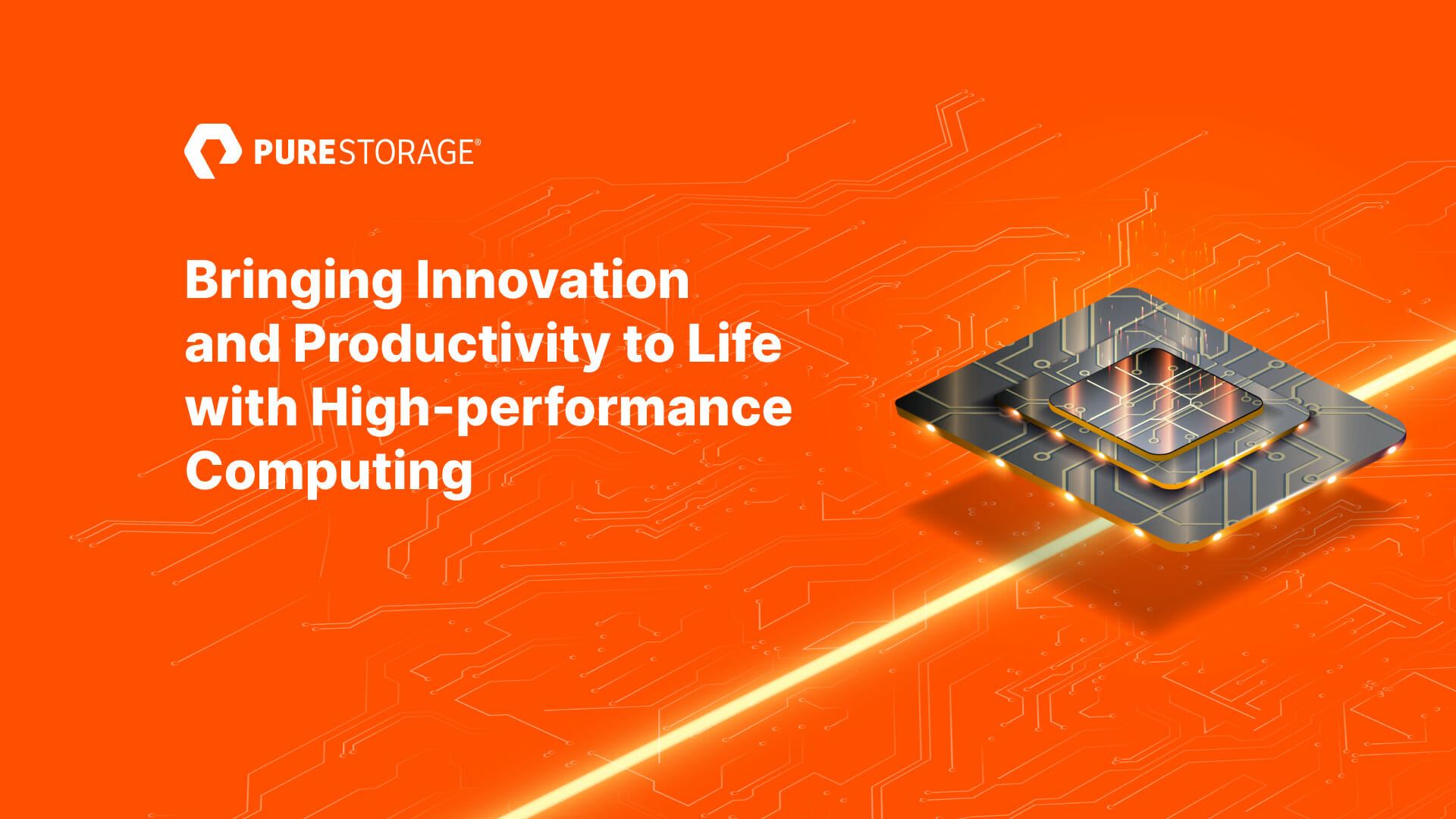New advancements in high-performance computing (HPC) make it possible for companies to analyze greater volumes of data—and in more ways—than ever before. But with such rapid changes in the space, it can be difficult to determine how to adopt new solutions or implement new technology.
To get you inspired about the potential for innovation with HPC, here are three companies—from startups to a non-profit TV network—using it to solve real-world data problems.
Messaging App Keeps Pace with COVID Demands
Kakao Corporation operates KakaoTalk, which is Korea’s top instant messaging app. The company regularly undertakes a number of diverse AI projects to improve service offerings for its consumers worldwide.
However, due to the COVID-19 pandemic and explosion in demand for virtual communication tools, Kakao needed a better, more efficient infrastructure—fast. In particular, the company sought a scalable, easy-to-manage, efficient storage solution that could support multiple servers while also remaining resilient in the event of potential disasters.
“We needed fast and reliable storage for AI projects, and FlashBlade was an optimal choice for us,” explains Il-Seop Jin, Manager of Infrastructure Planning at Kakao Corporation. Pure Storage® FlashBlade® delivered the performance and massively parallel architecture Kakao needed to eliminate bottlenecks and data silos while also securing computing resources. The unified fast file and object (UFFO) storage platform also improved efficiency and reduced operational requirements through compression and deduplication features. In addition, the RapidFile Toolkit reduced time spent on data querying and deleting unnecessary data.
Kakao is now able to manage its existing data requirements and stay prepared for future needs. “Since adopting FlashBlade, we are able to use data more efficiently and significantly reduce the cost of managing infrastructure,” says Il-Seop Jin.
TV Network Improves Agility to Support HD and More
When CatholicTV—the world’s oldest Catholic television operation—realized that its 15,000RPM disk technology could no longer keep up with the station’s ultra-high-definition (UHD) formats and virtual reality (VR) studio productions, Mark Quella, CatholicTV’s CTO, knew it was time for a change.
The network needed a storage solution that would be better suited to the station’s video production requirements and its management of unstructured data sets, but that’s not all. Quella wanted an alternative that would remain affordable across renewal cycles. “As a non-profit, I can’t just throw out my technology every few years like a commercial TV operation,” he explains. “I need to think long-term, and Pure FlashBlade was the answer to my prayers.”
In addition to adopting FlashBlade’s UFFO platform, Quella also implemented FlashArray™ to serve as a high-performance SAN for CatholicTV’s on-premises virtualized server farm. All told, FlashBlade’s compatibility with Server Message Block (SMB), the ongoing savings from Pure’s Evergreen Storage™ subscription model, and SafeMode™ snapshots enable Quella and his team to focus on CatholicTV’s business operations and programming—not on endless upgrade cycles and their associated costs.
Startups Use High-performance Computing to Drive Insights from Business Data
As an incubator program that builds and grows modern app startups, Cogo Labs knows that time to market is everything. To drive speed, flexibility, and scalability across its young companies, Cogo Labs’ Principal Solutions Architect Ed Hammond is responsible not just for managing 15+ petabytes of data across more than 15 startups but also for ensuring this data can be used to power internal decision-making and drive ROI.
Cogo Labs was an early adopter of Docker and Kubernetes containerization, as well as Pure FlashBlade fast file storage for its VMware clusters. Cogo Labs currently runs more than 3,500 Kubernetes clusters; various DevOps tools; MySQL, PostgreSQL, and Apache Cassandra databases; and analytics and search tools, including Apache Spark and Elasticsearch.
But Hammond quickly recognized an opportunity to do more with FlashBlade’s UFFO platform. The company consolidated its workloads on FlashBlade and integrated storage with its Kubernetes environment. And, thanks to Pure’s S3 protocol compatibility, Cogo Labs has seen an immediate impact on costs by transitioning workloads on-prem.
“We’re moving some expensive, steady-state jobs off of AWS because we’re paying so much for them, we’re basically buying the hardware every three months,” says Hammond. “By keeping the data on-prem with Pure, we lowered our AWS bill 20% in one month.”
Evolve Your High-performance Computing Strategy
If your organization is experiencing the same types of challenges as Kakao Corporation, CatholicTV, or Cogo Labs, it may be time to evaluate new high-performance computing solutions.
FlashBlade is used by more than 25% of Fortune 100 companies for its simplicity, agility, and ability to:
- Drive massive throughput and parallelism without compromising multi-dimensional performance.
- Support tens of billions of files and objects with maximum performance and rich data services.
- Leverage automated APIs and high-performance native NFS, SMB, and S3 protocol support to make deployments, management, and upgrades hassle-free.
Power Innovation
Eliminate bottlenecks with the industry’s most advanced all-flash storage solution.







